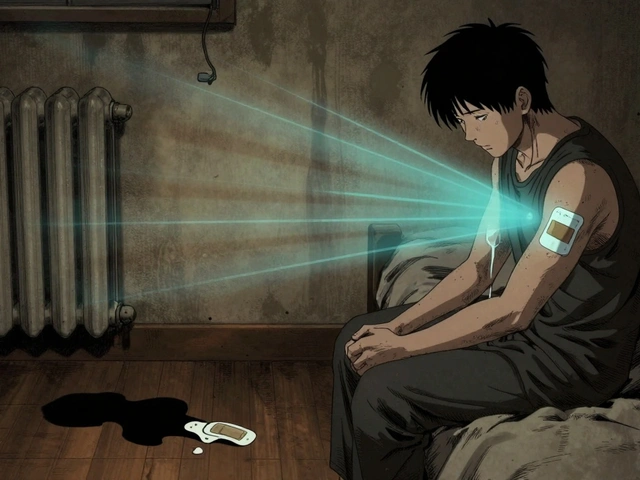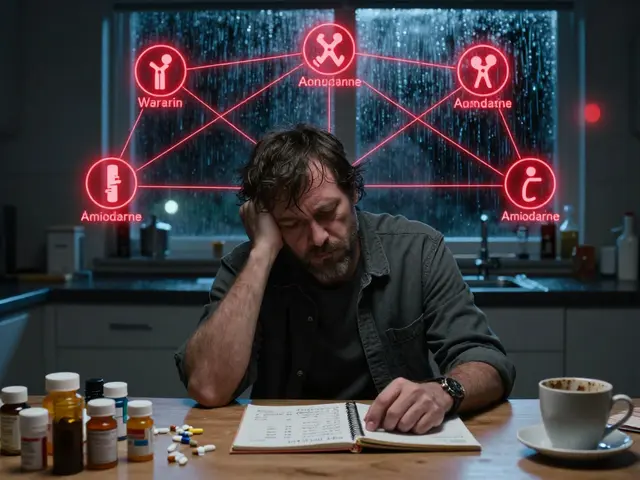Osteoporosis Explained: Why Bones Get Weak and What You Can Do About It
If you’ve heard the term osteoporosis, you probably picture brittle bones that break easily. That’s basically it—your bone density drops, making fractures more likely even from minor falls. The good news? Simple lifestyle changes and a few medical options can slow or reverse the process.
Why Bones Lose Strength
Bone is living tissue. It constantly rebuilds itself: old cells break down, new ones form. When you’re young, formation outpaces loss, so bones get denser. Around age 30, that balance flips and bone loss speeds up. Hormones (especially estrogen), lack of calcium, and a sedentary life are the biggest culprits.
People with a family history of osteoporosis, smokers, heavy drinkers, or those on certain steroids are at higher risk. Even if you feel fine, low‑grade fractures in the spine can happen without a big injury.
Practical Ways to Keep Bones Strong
Eat calcium‑rich foods. Dairy, leafy greens, fortified plant milks, and almonds pack calcium. Aim for 1,000 mg per day if you’re under 50; increase to 1,200 mg after that.
Get vitamin D. It helps your gut absorb calcium. Sun exposure a few minutes daily or a supplement of 800‑1,000 IU is usually enough.
Move your body. Weight‑bearing exercises—walking, jogging, dancing—stimulate bone growth. Add resistance training (weights or bands) twice a week to boost strength.
Avoid smoking and limit alcohol. Both accelerate bone loss. Cutting out cigarettes and keeping alcohol under two drinks per day makes a difference.
Treatment Options If You Already Have Osteoporosis
Doctors often start with lifestyle tweaks, but medication can be necessary when bone density is low. Common prescriptions include:
- Bisphosphonates (e.g., alendronate) – slow down the cells that break bone.
- Selective estrogen receptor modulators (SERMs) – useful for post‑menopausal women.
- Denosumab – a shot given every six months to block bone loss.
- PTH analogs – stimulate new bone formation, used in severe cases.
Talk with your pharmacist about side effects and how to take these meds correctly. Skipping doses or not staying upright after a bisphosphonate can cause stomach issues.
Regular check‑ups matter. A DEXA scan measures bone density and tells you if treatment is working. Most doctors recommend repeating the scan every 1‑2 years.
Bottom line: osteoporosis isn’t a sentence; it’s a signal to adjust habits and, when needed, use medication. By loading up on calcium, getting enough vitamin D, staying active, and following your doctor’s advice, you can keep your bones sturdy for years ahead.
Fosamax, known by its generic name alendronate, is a key medication used to treat osteoporosis and prevent bone fractures. This article breaks down what Fosamax does, how it works, its real-world benefits and drawbacks, and gives practical tips for safe use. We'll dig into side effects, best practices, and share eye-opening facts based on the latest 2025 medical knowledge. If you're worried about bone loss or curious about meds for osteoporosis, this guide offers the clear information you need—without the medical mumbo jumbo. Get the info you'd want to know before starting, taking, or talking to your doctor about Fosamax.







